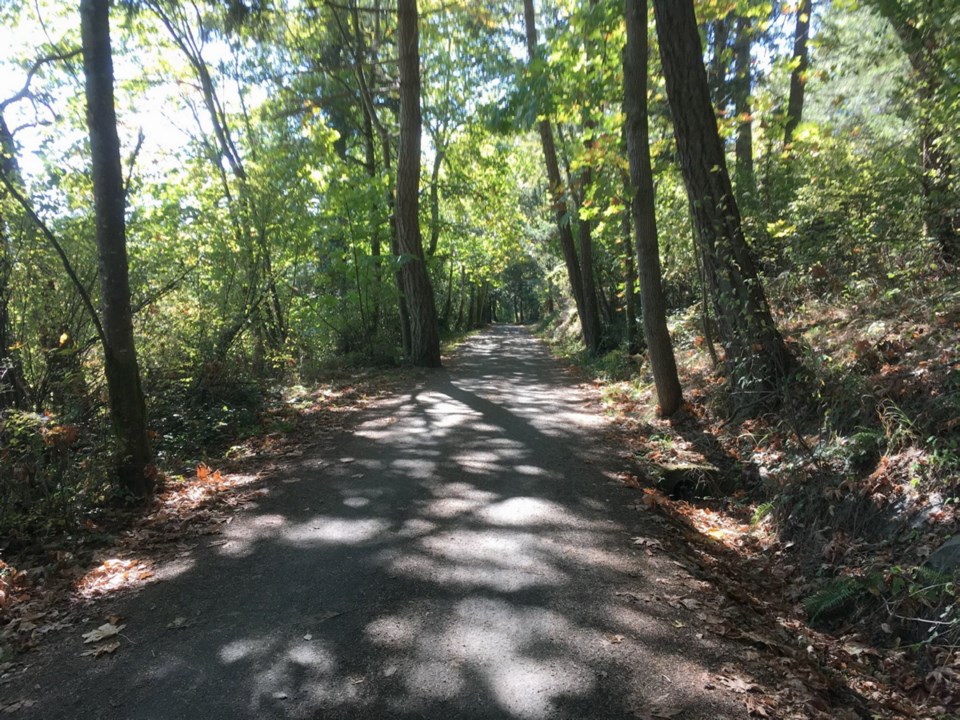A critical requirement in responding to the COVID-19 crisis is estimating how far and how fast the outbreak may expand. If sa���ʴ�ý follows the experience in northern Italy — in effect the worst case scenario — we could be short around 1,800 hospital care beds.
If a best case scenario unfolds — helped by social distancing and the prospect of a vaccine being developed — our health-care system should be able to cope.
The challenge lies in predicting with any accuracy which scenario is more likely. For there are a series of difficulties to overcome.
The first lies in the fact that we do not know the incidence of the disease — how many people are actually infected. That’s because most people who contract COVID-19 have only mild symptoms and do not require medical attention. Indeed they are being told to stay home and avoid seeing their doctor or visiting a hospital.
But that makes it impossible to predict the likely burden on the health-care system. If 100 people are infected and 10 are hospitalized, the hospitalization rate is 10% — a disastrous outcome that would swamp our acute-care system.
However, if 1,000 people get the disease and 10 are hospitalized, the hospitalization rate is 1%o — higher than the average impact of seasonal flu, but far more manageable.
A second difficulty surrounds attempts to develop possible scenarios by examining the experience in other countries. According to recent studies, there is a 20-fold difference in COVID-19 detection rates between countries that have a good testing program, like Norway, and countries with inadequate testing, like Britain.
But that makes comparisons at best shaky, and at worst well-nigh useless. In Italy, for example, the percentage of the population infected has been estimated at anywhere between 3.2% and 26%.
A range this wide is almost impossible to work with, but that country’s detection system is too weak to provide anything better. By comparison, Norway’s infection rate is between 0.9% and 1.2% — a far more precise picture.
The third difficulty has to do with the computer models used to estimate scenarios. And some of the history here is not particularly encouraging.
When an epidemic of foot and mouth disease struck British farm animals in 2001, the first models produced alarming results. In response the British government ordered 11 million sheep and cattle slaughtered at enormous cost.
A subsequent commission of inquiry found that the culling may not have been necessary, and that modelling “in the heat of an epidemic” should be treated with caution.
When swine flu erupted in 2009, computer models in the United Kingdom again overstated the danger. The country was left with 34 million unused doses of vaccine. A later investigation found that early modelling did not provide reliable answers due to the lack of accurate infection rates.
In the early months of an outbreak — where we are now with COVID-19 — none of these difficulties can be wholly surmounted. They are simply a reality of the circumstance we find ourselves in.
As time passes, more accurate figures will become available, and scenarios can be refined. However it may be a year or more before we understand the full extent of the threat this disease poses.
Nevertheless, if the number of deaths levels off and declines, it is a fair assumption the corrective measures taken to date are working.
Hopefully we will see this in the coming two or three weeks. If so, it may be possible to consider relaxing some of the more restrictive policies, one step at a time.
For now, though, the only response is patience. Some of our country’s most respected experts are grappling with this challenge.
All the rest of us can do is wait and hope for better news.



